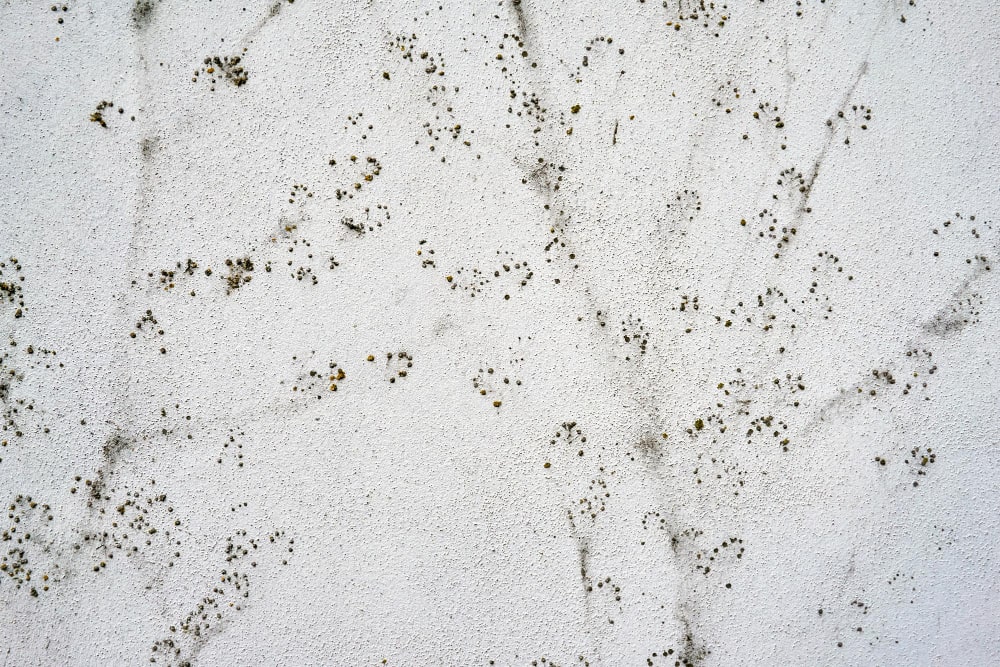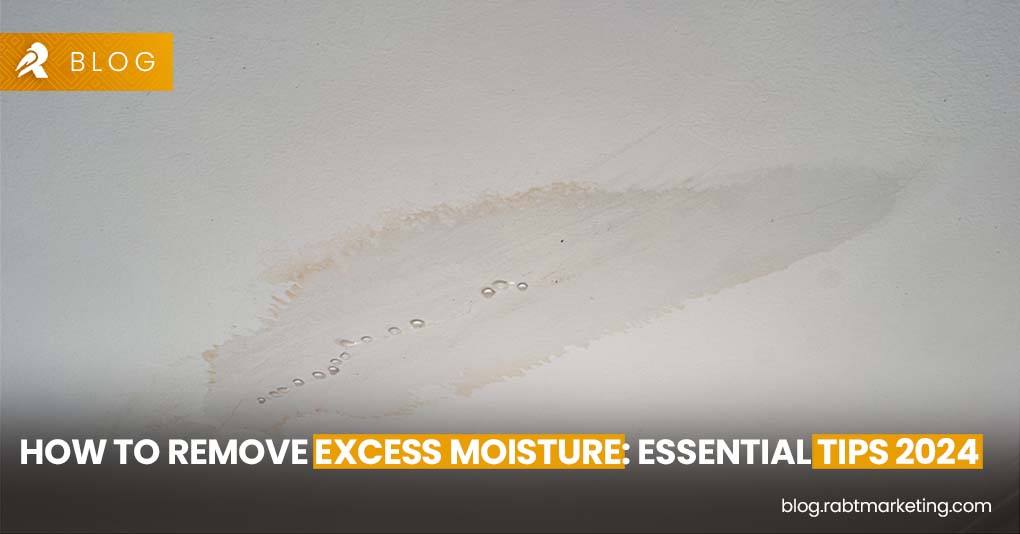Excess moisture in your home can lead to a host of problems, from mold growth and unpleasant odors to long-term structural damage. To maintain a healthy and comfortable living environment, reducing moisture is crucial. By ensuring proper ventilation and addressing any leaks promptly, you can preserve your home’s integrity and improve the overall quality of your indoor air.
In this blog post, we’ll delve into straightforward yet effective techniques to help you manage and minimize moisture levels in your home. Employing these strategies can prevent mold, protect your home’s structure, and create a more pleasant living space for you and your family.
Key Points
- Excess moisture causes mold, odors, and structural damage.
- Properly ventilate and fix leaks to reduce moisture.
- Managing indoor humidity levels is crucial for a healthy living environment.
Basic Sources of Moisture
Moisture can accumulate in your home from various activities like cooking, bathing, and doing laundry. External factors like leaks or poor ventilation can further exacerbate the problem. Using an indoor moisture meter can help you identify high-humidity areas, allowing you to address potential issues before they become serious problems, such as mold growth or damage to walls and ceilings.
Identifying Excess Moisture
Signs of excessive moisture include condensation on windows and walls, musty odors, and visible mold growth. For example, if you see water droplets on your bathroom mirror after a hot shower, this condensation is a clear indicator of high humidity. Musty smells often come from damp areas like basements or bathrooms, signaling excess moisture and potential mold. These signs not only affect indoor air quality but can also pose health risks, so it’s important to address them immediately. An indoor moisture meter can provide accurate readings of your home’s humidity levels, helping you keep moisture at bay.
Strategies to Minimize Moisture of Home Walls

1. Ensuring Proper Ventilation
Good ventilation is essential for reducing moisture buildup. Use exhaust fans in bathrooms and kitchens to remove excess moisture generated during activities like showering and cooking. Consider investing in a reliable indoor moisture meter to monitor humidity and adjust your ventilation accordingly.
2. Fixing Leaks and Water Intrusion
Regularly inspect plumbing fixtures and your roof for leaks, and repair any damage promptly to prevent water intrusion. An indoor moisture meter can help detect hidden leaks and moisture buildup. For instance, if you notice a dripping faucet or a leaky pipe under your sink, fix it immediately to prevent water damage. Sealing gaps and cracks in your home’s exterior can also help prevent moisture from seeping indoors, protecting against mold and structural damage.
3. Managing Indoor Humidity Levels
Maintaining indoor humidity levels between 30-50% is key to controlling moisture. Use air conditioners and fans to regulate humidity, especially in areas prone to high moisture levels. A quality indoor moisture meter can help you monitor these levels and maintain optimal indoor air quality.
4. Regular Home Maintenance
Keep your HVAC systems clean and well-maintained to ensure proper airflow and moisture control. Regularly change air filters and schedule professional maintenance checks to keep your HVAC system running efficiently, reducing the risk of moisture buildup. Insulating pipes can prevent condensation, lowering the risk of moisture-related problems. Opt for moisture-resistant paints and building materials for interior surfaces to prevent moisture absorption and mold growth.
5. Using Moisture-Resistant Materials
When renovating or building, choose moisture-resistant paints and building materials to minimize moisture. Use moisture barriers in basements and crawl spaces to prevent moisture from seeping into the foundation. Place waterproof mats or trays under indoor plants to protect your flooring from excess moisture.
Read More:- What is Wall Waterproofing ? Steps to Waterproof Exterior Walls ?
Conclusion
Excess moisture in your home can stem from activities like cooking, bathing, and leaks. Visible signs such as condensation, musty odors, and mold growth indicate high moisture levels and can compromise indoor air quality. Proper ventilation, fixing leaks, and managing indoor humidity levels are crucial steps to prevent these issues.
By installing exhaust fans, repairing leaks, and using moisture-resistant materials, you can effectively manage moisture levels in your home. These measures will help you maintain a healthy, comfortable living environment, safeguarding both your home’s integrity and your family’s well-being.

